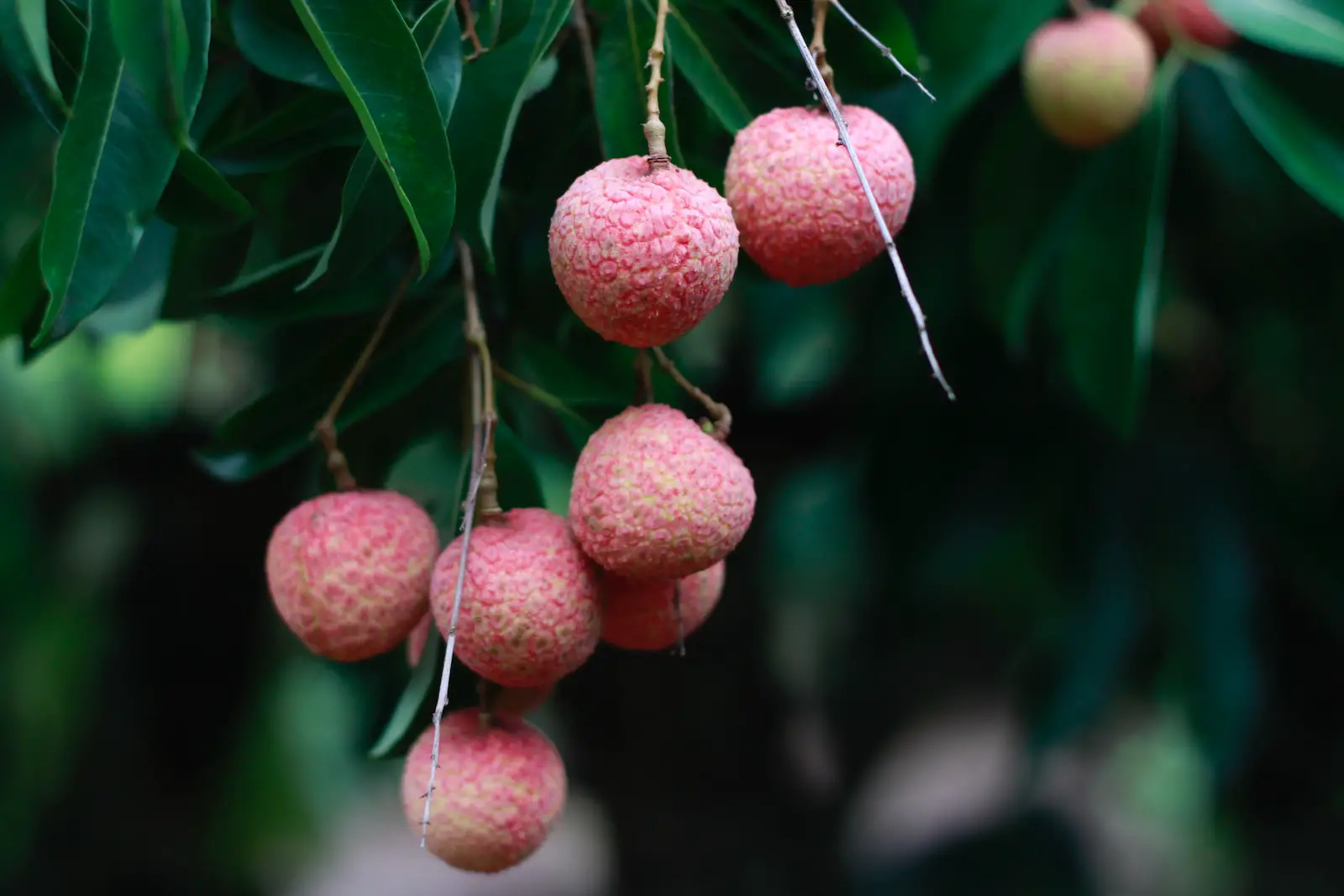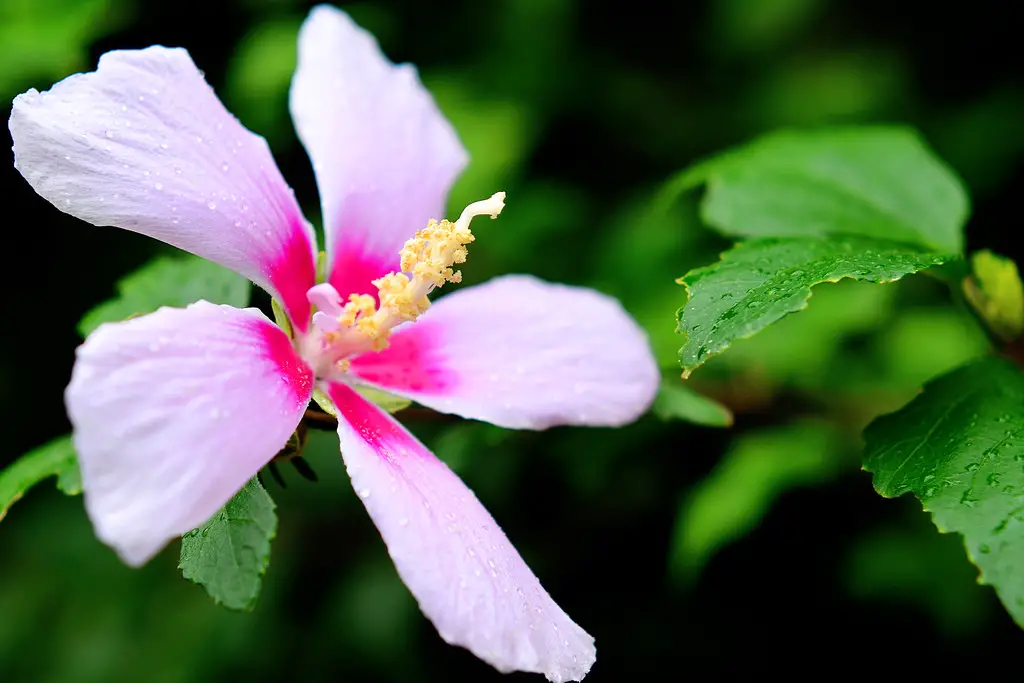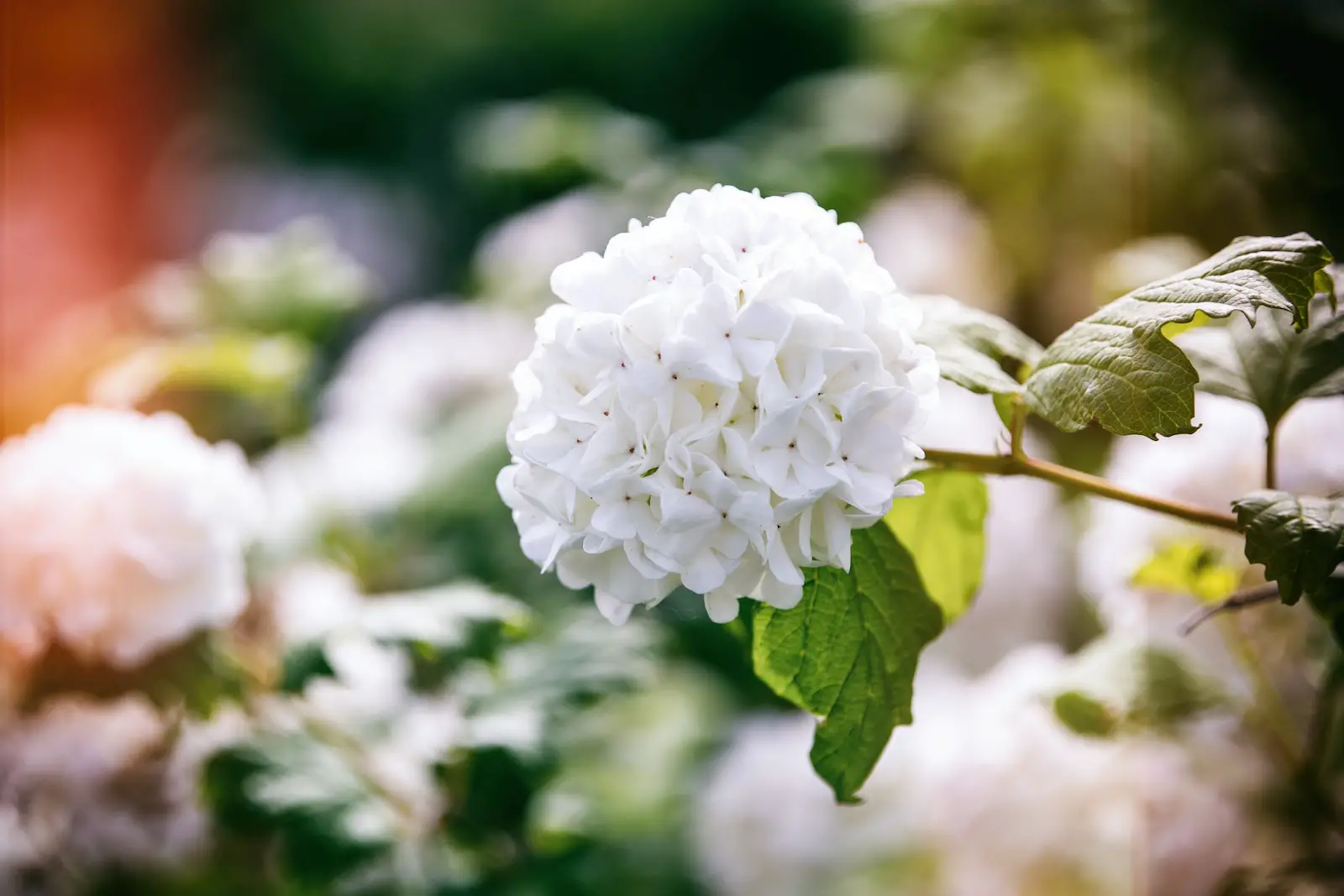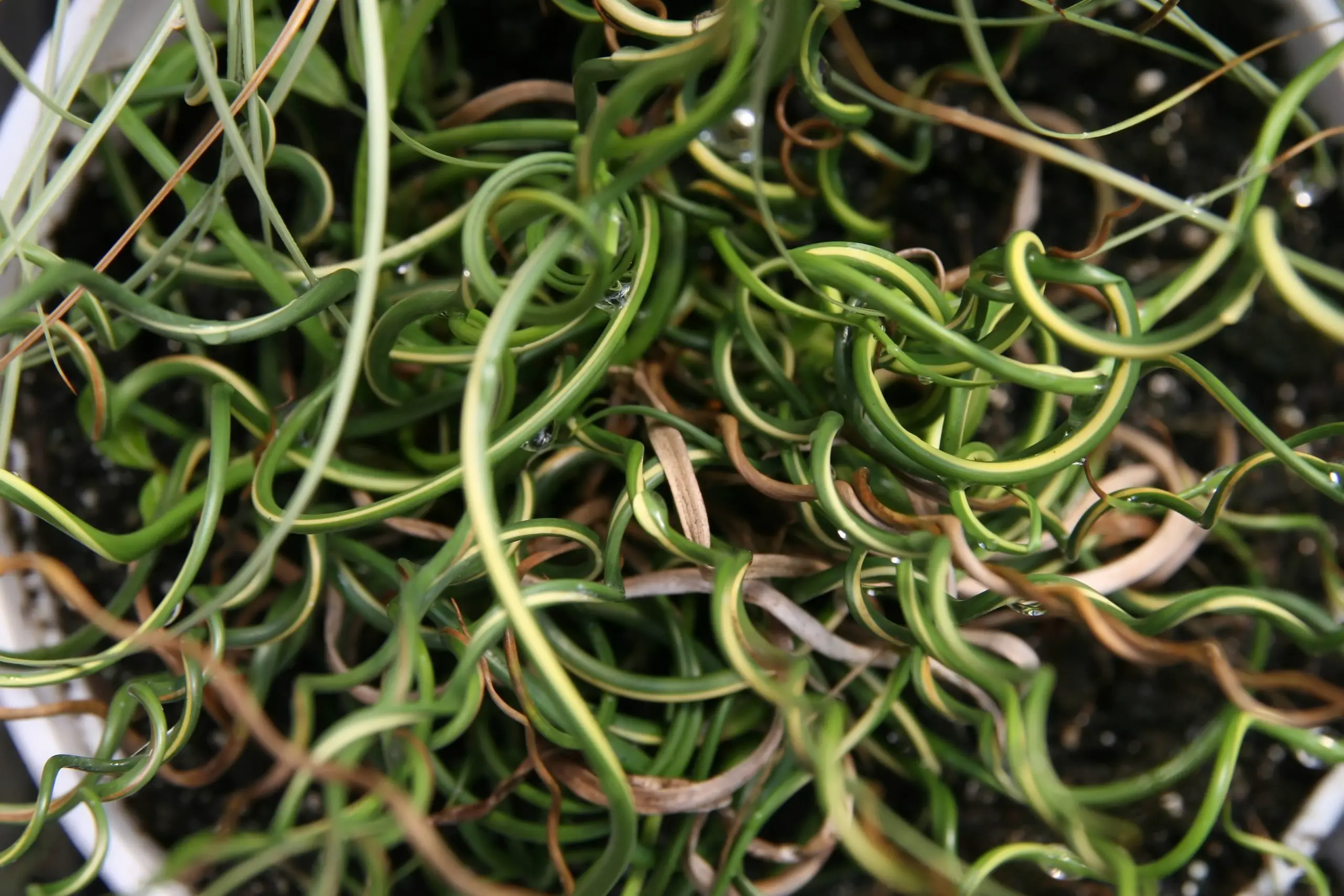The Lychee, a tropical fruit tree native to China, has long been cherished for its delicious, fragrant fruit. With its rough, red outer skin and juicy, translucent white flesh, the Lychee is a favorite in many Asian cuisines. The tree itself is attractive, with glossy, dark green leaves and clusters of small, fragrant flowers that add to its ornamental appeal.
Growing Lychee can be a rewarding venture for gardeners in tropical and subtropical regions. The tree requires specific care, including proper sunlight, soil, and water conditions, as well as protection from cold temperatures. Though cultivating Lychee outside its native regions can be challenging, with proper attention and care, it is possible to enjoy this exotic fruit from your garden.
Lychee trees can grow quite tall and have been known to reach heights of over 100 feet in the wild. However, cultivated Lychee trees are typically maintained at a more manageable size. This guide will cover everything you need to know about growing and caring for Lychee, allowing you to experience the unique pleasure of harvesting and enjoying fresh Lychee fruit.
| Common Names | Lychee, Litchi, Leechi, Lichu |
|---|---|
| Botanical Name | Litchi chinensis |
| Family | Sapindaceae |
| Plant Type | Tropical Evergreen Tree |
| Mature Size | 30-40 feet tall |
| Sun Exposure | Full Sun |
| Soil Type | Loamy, Well-Drained, Slightly Acidic |
| Hardiness Zones | 10-11 |
| Native Area | Southern China |
Lychee Care
Lychee trees flourish in tropical climates, where they enjoy full sun and thrive in well-drained, slightly acidic soil. Regular watering is crucial, especially during the tree’s flowering and fruiting stages. However, caution is necessary to prevent overwatering, which can lead to root rot.
Fertilizing the Lychee tree with a balanced fertilizer is essential for promoting healthy growth and fruit production. Pruning should be undertaken to remove any dead or diseased branches, and appropriate care should be taken to monitor and control potential pests and diseases.
Light Requirement for Lychee
Lychee requires full sun to grow and produce fruit properly. Planting in a location that receives at least 6-8 hours of direct sunlight each day is essential for optimal growth.
Soil Requirements for Lychee
The soil for Lychee must be well-drained, loamy, and slightly acidic with a pH ranging from 5.5 to 6.5. Adequate organic matter will provide the nutrients necessary for robust growth.
Water Requirements for Lychee
Lychee trees need consistent watering, especially during the flowering and fruiting stages. The soil should be kept moist but not soggy to prevent root rot.
Temperature and Humidity
Lychee thrives in temperatures between 70°F and 90°F and requires high humidity. They are not frost-tolerant and need protection from cold snaps.
Fertilizer
A balanced fertilizer containing nitrogen, phosphorus, and potassium should be applied regularly to support growth and fruit production in Lychee trees.
Pruning Lychee
Pruning is essential to remove dead or diseased branches and to shape the tree. Careful pruning helps in improving air circulation and sunlight penetration, fostering healthy growth.
Propagating Lychee
Lychee can be propagated through seeds, air-layering, or grafting. Grafting or air-layering is preferable as it ensures the new tree will retain the characteristics of the parent.
How To Grow Lychee From Seed
Growing Lychee from seed can be rewarding but slow. Plant fresh seeds in well-drained soil and keep warm. Germination may take several weeks.
Common Pests & Plant Diseases
Aphids
Aphids can be controlled with insecticidal soap or natural predators like ladybugs.
Scale Insects
Scale insects may require specialized insecticides for control.
Anthracnose
Anthracnose is a fungal disease that can be managed with fungicides.
Common Problems With Lychee
Root Rot
Root rot can occur with overwatering. Proper drainage is crucial.
Flowering But No Fruit
This can result from poor pollination or inadequate care during flowering.
Sunburn
Young Lychee trees may suffer sunburn if not gradually acclimated to full sun.
Pro Tips
- Plant Lychee trees in a sheltered location to protect from strong winds.
- Consider using mulch to retain soil moisture and control weeds.
- Be patient, as Lychee trees may take several years to produce fruit.



